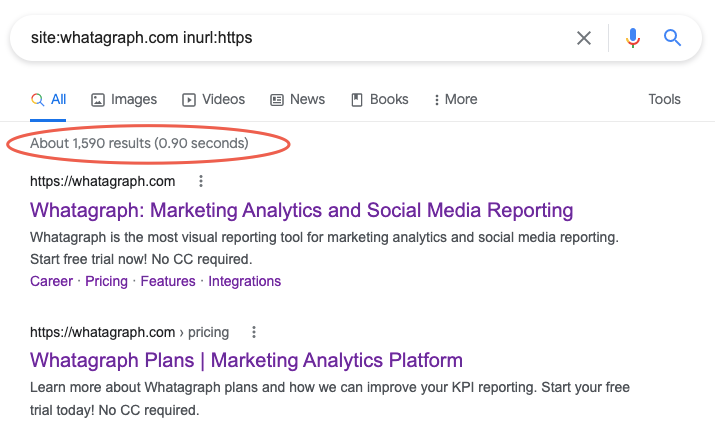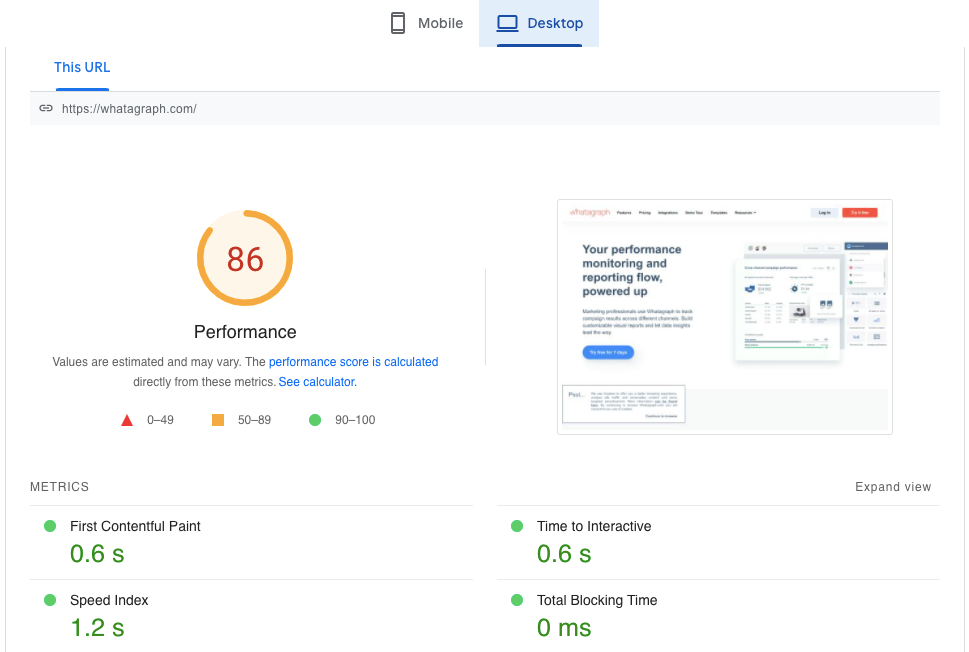Ecommerce SEO Audit: A Definitive Guide
SEO for eCommerce is essential. Don't let anyone else tell you otherwise. There are methods and structures of conducting an eCommerce SEO audit to boost your site's performance and bring in more sales and revenue. This guide will help you through the process and make your SEO life more manageable.

Dec 09 2021 ● 9 min read

What is an eCommerce SEO Audit?
An eCommerce SEO audit is a process of evaluating the current health and performance of your entire eCommerce store. And at the end of the audit, you will have a good idea of where your e-store stands and get an action plan to improve it.
How is an eCommerce SEO Audit Different from Other Business Types?
The processes of these SEO audits are virtually the same. It's the performance focus that differs.
You still have to check your rankings with a keywords rank checker, determine pages that convert the best and the worst, establish performance benchmarks and so on. The difference here is that you're doing so for product landing pages and category pages instead of blog posts. You will also need to focus much more on SEO analytics and technical SEO, as load speeds, canonicalisation, domain security, mobile-friendliness, number of indexed pages and other stats are vital for eCommerce sites.
We wrote an in-depth guide on performing SEO content audit in a different article here.
But don't worry, we'll still give you a rundown and showcase different approaches that eCommerce audit requires.
How to Conduct An eCommerce SEO Audit
There are three basic steps that any SEO audit should follow:
Gather The Data And Interpret It
To gather the data effectively, you will need these tools:
- Whatagraph - a powerful reporting and monitoring platform, where you can consolidate the data from other tools. This way, once the audit is done, you can use the data more effectively;
- Ahrefs or Semrush - both great tools to look into your SERPs position, keyword rankings, keyword research and competitor analysis;
- Google Search Console - a classic choice for SEO audit of any type;
- Google Analytics - great for gathering data on your organic traffic
These tools will give you a clear picture of where your website stands in the eyes of search engines.
Set Up an Action Plan
Based on the data, you can lay out the steps you and your team needs to take to boost your website's performance.
Set Up a Standard Operation Process
Running an audit is a relatively frequent task that will run faster and smoother if you set up a standard operation process.
Next is the evaluation of your data findings.
Benchmarks and Thresholds
Like in a standard SEO audit, you need to set the minimum and the desired performance for your pages.
Benchmark is the aggregated industry data that sets an approximate baseline. For example, if you're selling shoes online, running an SEO audit on the product page shows you that this pair of shoes have been purchased 11 times this month (i.e. a number of conversions), the product page where the shoes are listed was visited ±1000 times, and the page ranks 7 on the SERPs. If these numbers meet your business needs - that is your approximate baseline.
A threshold is the desired performance on a particular item. If you want the same pair of shoes to sell 25 items and attract ±2000 visits - that is your threshold for a well-optimized page.
You can decide what to do about each product or category page based on these parameters.
Setting Up an eCommerce SEO Audit Action Plan
Based on your benchmarks and thresholds, you can then manually review all your product and category pages and decide what to do with them: leave as is, delete or optimize. If you still feel like you can't complete this task, consider hiring an SEO agency for a more professional approach.
Leaving a page as in means that it has passed your target threshold: it brings enough traffic, sales and ranks well on the focus keyword.
Deleting the page means it doesn't even reach the baseline. Here's where a significant difference comes compared with a standard content audit.
Technical SEO Audit
Technical review of your eCommerce store is the crucial first step. If your e-store is large, with over 2000 product pages, you're bound to face technical issues. Here are the steps to go through when running a technical SEO audit.
Check for Domain Security Issues
A simple test to start with. Check if the domain is secure by simply entering it into Google search. Follow these iterations of the domain:
- domain.com
- www.domain.com
- HTTPS://domain.com
- HTTPS://www.domain.com

If all of there are secured and lead back to the main domain - all is well.
Another quick way to check if the domain is secure is this:
- Enter into Google search: site:domain.com inurl:www;
- If nothing shows up - it means the domain is secure;
- Enter into Google search: site:domain.com inurl:https;
- If you see a lot of pages that show up - you're good too.
Use an SSL Certificate
SSL is a protocol for encrypting internet traffic and verifying your server identity.
An SSL certificate is what enables your website to move from HTTP to HTTPS, which makes it more secure. An SSL certificate is a data file that is hosted on your website’s server. Needless to say that SERPs prioritize websites that have these certificates due to the security they provide.
You can get an SSL certificate from a third-party certificate authority (CA). These authorities digitally sign your certificate with their own key so your device can verify it.
Usually, CAs charge nominal fees for SSL certificates. There are also options for trusted CAs that generate and give out SSL certificates for free.
Site Indexing and Crawling
There's a simple manual check you can run to make sure all your pages are correctly indexed.
- Enter into Google search: site:domain.com
- Look for the number of results the search engine shows.
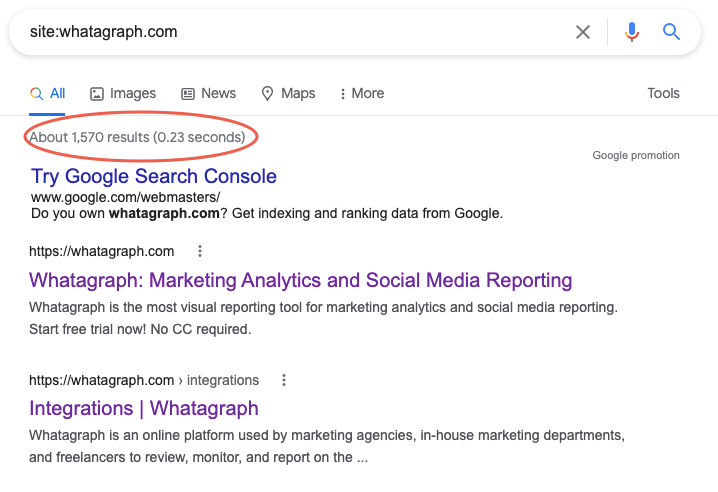
Depending on the size of your website, this number will help you determine if there are any discrepancies between the indexed pages and the actual number of pages, which we will cover in the next step.
To make your site indexable and crawlable, you must introduce a robot.txt file that allows search robots to crawl through the site and find relevant keywords and other information. You have to place this file on all internal and relevant pages. Once you do, backlinking will also help you introduce more crawlers to your eCommerce website and boost it even more.
The XML sitemap is another file you have to introduce to your eCommerce site. If the robots.txt allows crawling, the XML sitemap shows them where to crawl and where to access information. Both are crucial to have on your eCommerce website.
Domain Redirections
You can look for discrepancies between indexed pages and the actual number of pages using Google Search Console or Ahrefs as a secondary third-party tool. The discrepancy indicates that Google doesn't see all of your pages, and you will need to index them properly.
Using Google Search Console (you will need Google Analytics set up as well), submit your website for a crawl here.
It’s going to take some time, so you can follow the next steps until the crawl is done.
Once the crawl is complete, check the Index Status of your website and how many pages have been indexed. You can also see the change of the number of indexed pages over time.
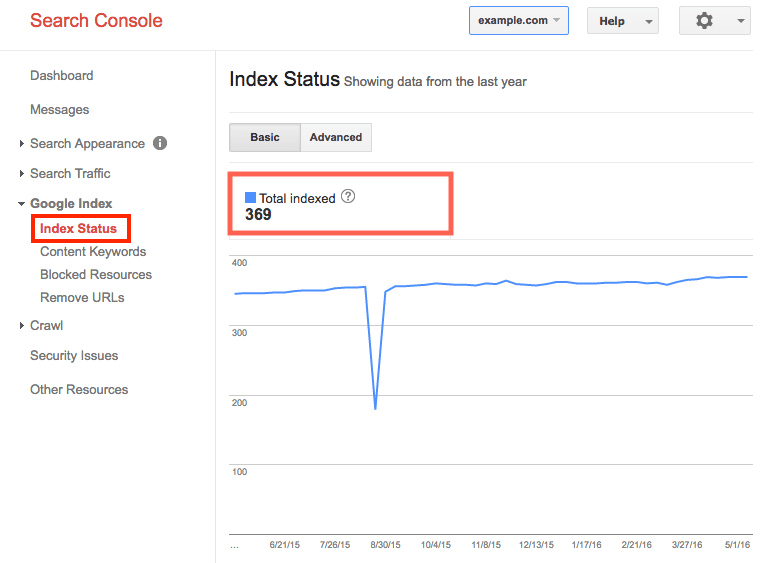
If you’re using Ahrefs (Semrush or other similar tools are fine too), enter your domain into the Site Audit tab and let the tool crawl your site. It's going to take a while, especially if your site has a lot of pages.
Once the crawl is done, you can look for discrepancies between indexed pages and the actual number of pages.
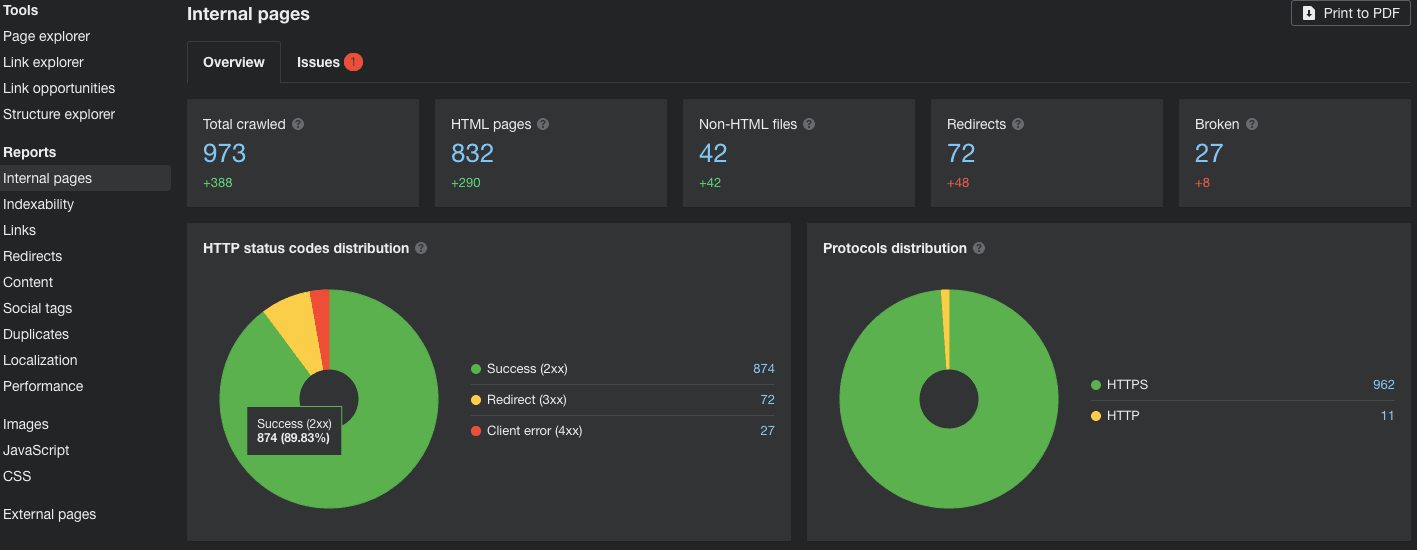
Site Speed Check
A quick and straightforward check to see if your page loads fast enough. SERPs hate slow-load times. And so do your site visitors. An average time a user will wait for your site to load is 3s.
To run a speed test, use PageSpeed Insights by Google. Simply enter your domain into the search bar and wait. Make sure to check speeds on both desktop and mobile.
Your eCommerce site speed is low, consider adjusting the image resolution - a frequent issue. There might be issues on the server end as well, so if you find nothing wrong on the site, check the server side too.
Mobile-friendliness
According to eMarketer, mobile eCommerce is expected to reach $431B in 2022, from $362B in 2021. No wonder mobile site development has also skyrocketed. Your eCommerce site must be optimized for mobile, because Google prioritizes websites that are mobile-friendly.
Google saves the day again with the Mobile-Friendly Test tool. You can check if your site is ready for mobile users.
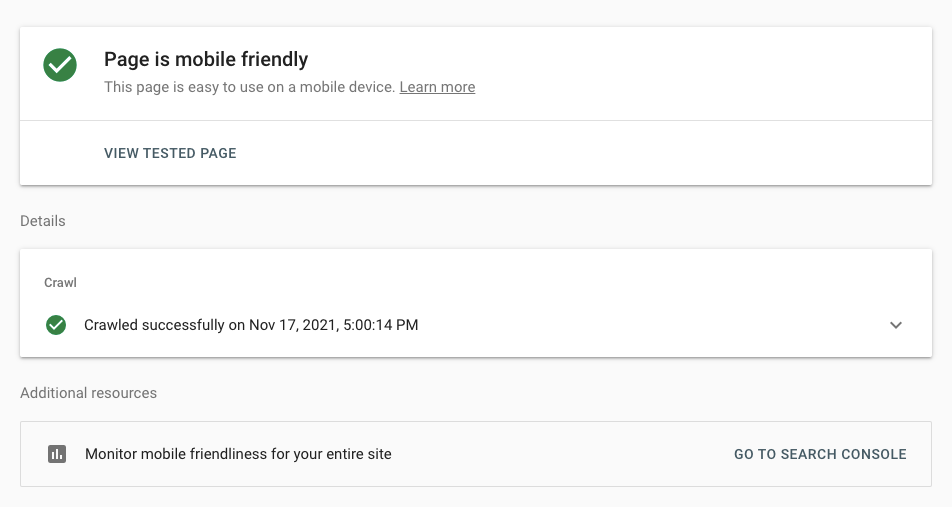
If you're having issues here, consider how you can optimize your eCommerce site for mobile users. Converting to an app is a good option, but it takes time. However, with the help of an iPhone app creator, the process can be made much easier and faster. Either way, this technical SEO issue will take time to fix, but it's crucial that you do. It is also advisable to use an eCommerce admin panel for building responsive web applications.
On-page SEO Audit
Title Tags and Meta Descriptions
On large eCommerce websites, these get lost often. With many product pages, category pages and product descriptions, meta tags and descriptions can either be forgotten or mixed up with general descriptions. This can seriously impede your SEO efforts.

Check page title tags on every category page and product page. Make sure each product has an appropriate meta description and meta title. Fill them in with relevant keywords, especially the pages where you're running discounts or more extensive marketing campaigns.
To check if each meta title and meta description is of appropriate length, use the Higher Visibility tool.
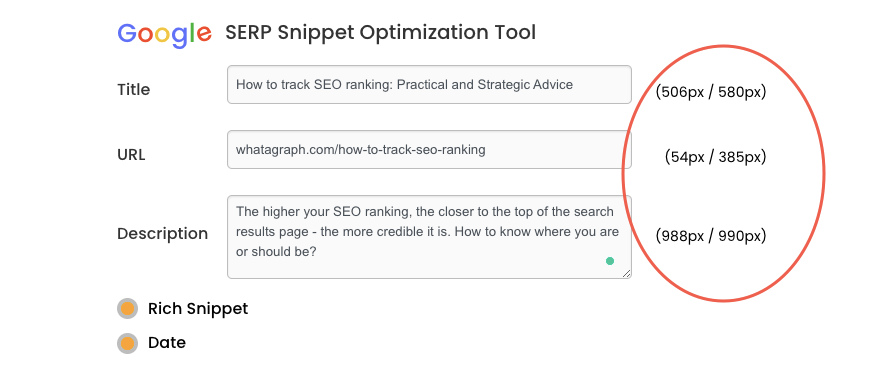
This small change will significantly impact your eCommerce website and has a high chance to increase the click-through rate (CTR).
Canonical Tags
An essential item for any eCommerce store. They are used to differentiate between similar or copied content, i.e. it tells the search engine straight up that the content is, although similar, still good enough to send traffic to.
Canonical tags also help eliminate the duplicate content issue.
With minor item differences (color, size, etc.), it is hard for the Google bots to tell if the content is duplicate or not. Canonical tags help differentiate between them. It's an HTML tag, which means it will need to be inserted into the header of every page.
Our eCommerce partners BigCommerce have created an in-depth guide on working with canonical tags.
On-site SEO
On-page content for eCommerce includes not just having a blog on the side. It also consists of all product descriptions, text on promotions, pictures and videos of your products, etc.
Amazon has mastered this type of content. Look at their product page breakdown:
- All essential information in a single page;
- Super descriptive title with ranking keywords;
- Essential product information;
- Pricing, delivery and purchase options without the need to scroll down.
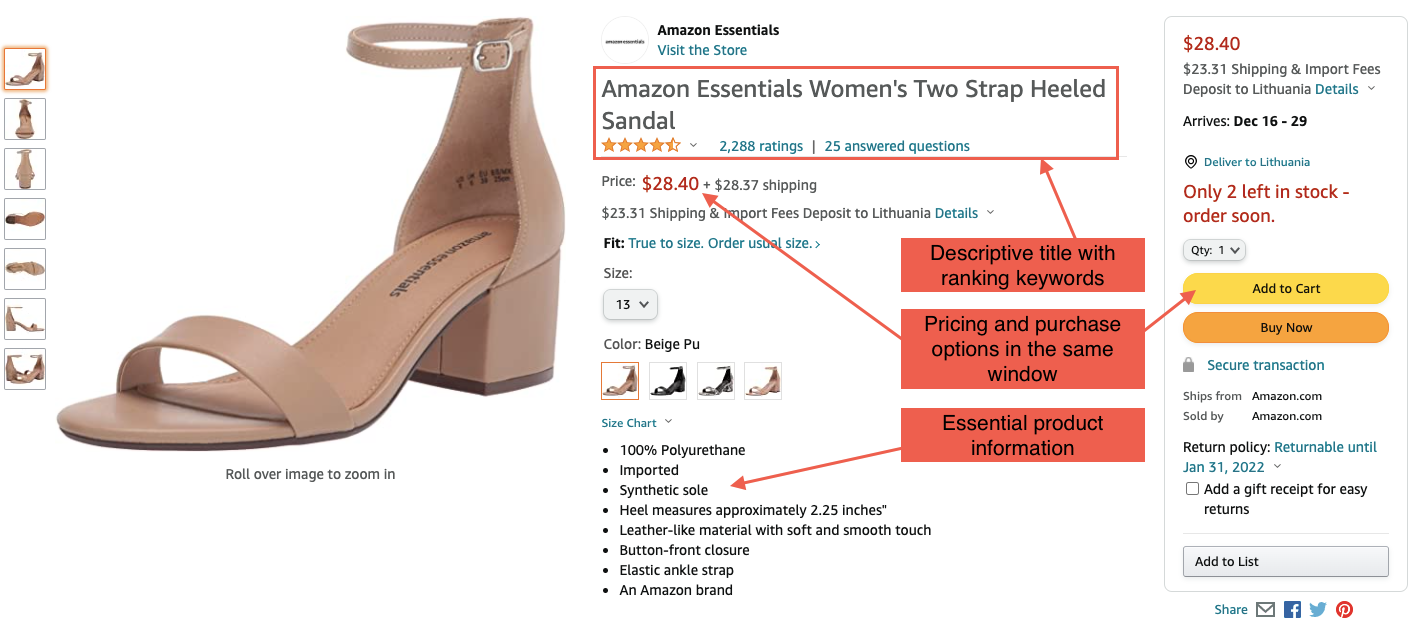
When running an audit, make sure the product information is displayed correctly. Not only will this help you rank better, but it will also smooth out the customer experience.
Having a blog related to your merchandise is also an excellent way to drive organic traffic to your site. With a strong content strategy, eCommerce sites tend to score much better performance and during SEO audits.
Keyword Audit
Keywords here come in three types:
- Head term (or primary keyword) - a short, more popular keyword. A lot of times used in category titles and descriptions. For example, in shoes, head terms for different category pages can be "womens shoes", "high heels", "sandals", and so on.
- Long-tail keywords - these are derivatives of the head terms. They're less popular but more specific. So, for example, a search term like "nude sandals for women", "high heels for wedding", "women seasonal suede shoes", and so on. Given the proper description, these long-tail keywords can bring your clients straight to the product page.
- Branded keywords - if you're selling well-known brands, chances are your clientele knows what they want, and they search straight for it. While the previous example of long-tail keywords applies to unbranded or lesser-known brands, keywords for established brands should look like this: "womens high heels aquazzura", "gucci sandals nude", and similar.
In eCommerce business, these keywords are often related. When setting up a list, use the head terms as keyword categories. Then break them down into long-tail keywords. Don't forget to add branded terms to head term categories, or use branded keywords as a category of its own.
You can run the keyword audit with Ahrefs or Semrush. To show you how it works, well use Ahrefs - a powerful tool to run all types of SEO audits.
- Enter the keyword you want to audit into Keyword Explorer. Start with a Head term;
- You'll get a detailed result of this keyword and matching keywords;
- Head terms have higher keyword difficulty, meaning you have a lot of competition because the term is broad;
- Below you will get a list of top-ranking pages on that keyword. If your page is there - all good. If you see it below the top 10 choices - it needs optimizing.
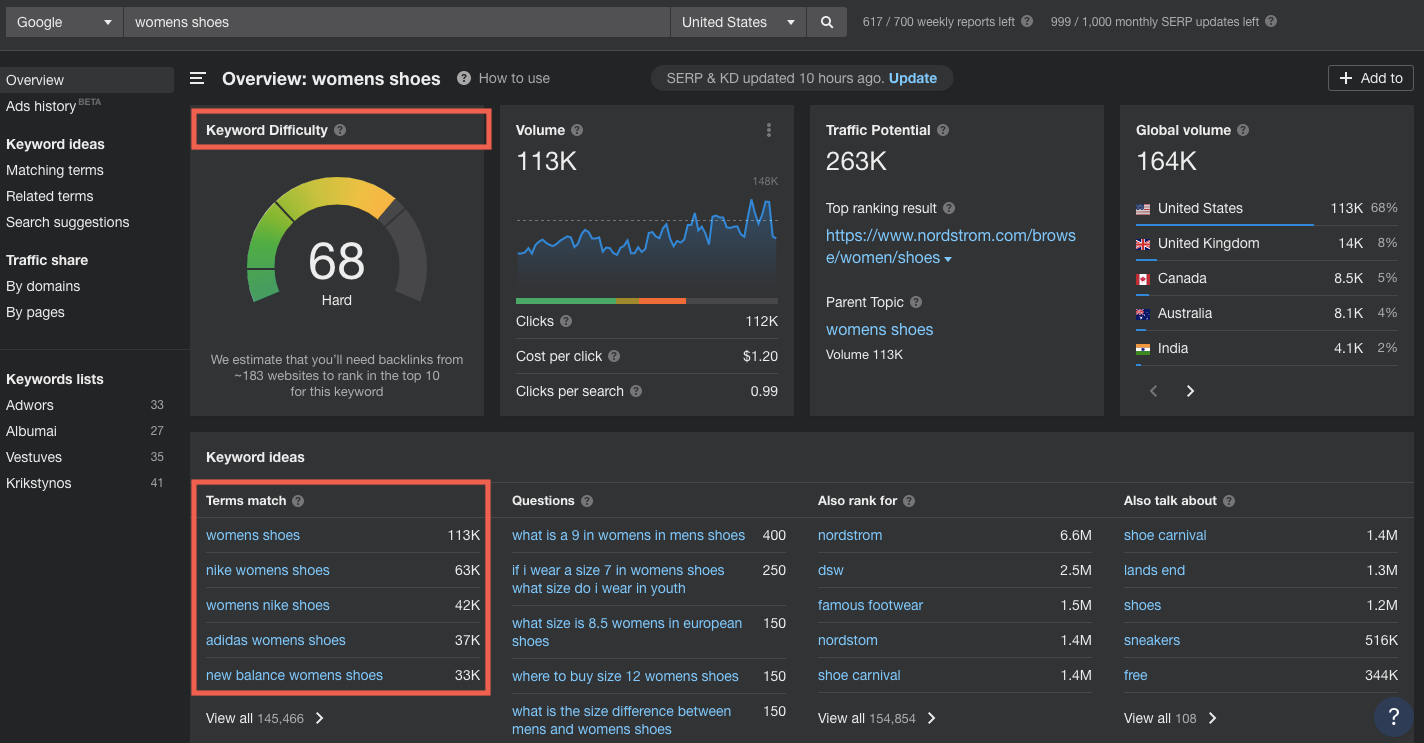
Compare this to long-tail keywords, where the difficulty is much lower. While the traffic is much lower, ranking on the term is easier. This means there's a higher chance a user will find your store that offers exactly what you're looking for.
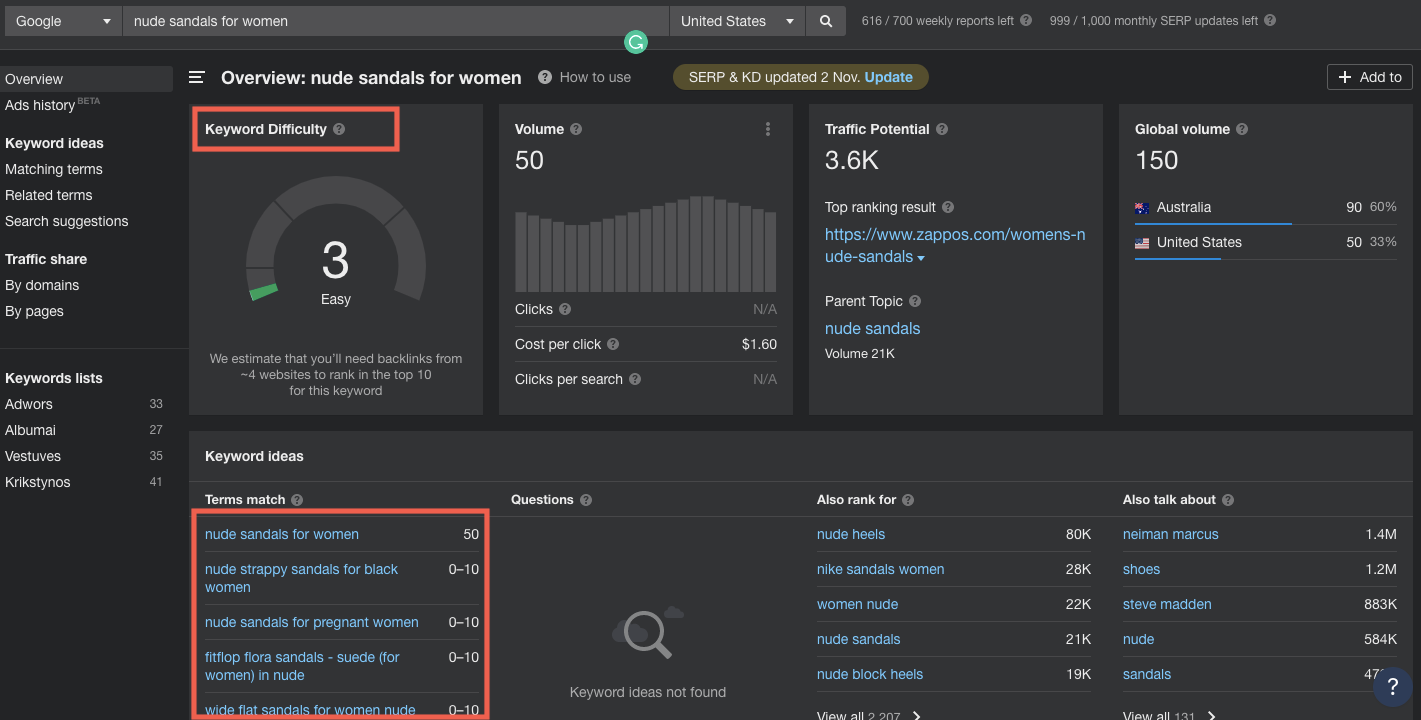
You can also do the keyword audit starting from the page.
- Enter your domain into the Rank Tracker;
- Add one or more keywords you want this page to rank on;
- Select up to 10 competitors to compare against;
- Let the tool crawl your page;
- Now you can see where your page ranks on that keyword.

You can run these checks for every product and category page and, branded keywords included.
So, to sum up: your category pages can be covered by broader head terms. Then your product pages under that category can be covered by long-tail keywords derived from category head terms. Finally, if you sell established brands, use branded keywords to help your clients find your stock.
Search Intent
Everybody talks about the importance of search intent. In the eCommerce business, it matters even more. Based on your keyword research, look at which types of pages the audience clicks on. Answer yourself these questions: are the audience looking for product categories to browse through? Or are they looking for specific products?
You'd be right if you think that this is a lot of work for every product page. It is a lot of work. But if done correctly (and preferably before launching the e-shop), meticulous keyword research and tactical use of that information can help grow your organic search traffic.
Off-site Audit
Backlinks
Backlinks are a powerful tool in your SEO arsenal. When coming from web pages with high domain authority, they can boost your search visibility and improve your search engine results. Most sites tend to focus their eCommerce SEO strategy efforts on products and their descriptions. But paired with a robust content strategy and backlink audit, backlinks can boost your organic traffic like nothing else.
It definitely takes more effort to get links to your eCommerce website. The first thing you can do is to check your competitor's domain and see where they are featured. Going back to the example of shoes, perhaps they're featured in a magazine that recommends their store to find that ONE piece. Or they used influencers to bring traffic to their site. Try following the pattern. Check with sites that do reviews and solicit influencers' services - the more links you get to your site, the better.
Here's how you can check your competitors with Ahrefs:
- Go the to project Overview;
- Select Referring domains on the left-side menu;
- You will get a list of all domains referring to this page.
In our example here, you can see quite a few links to coupon sites and domains for finding the best deals. Some of these links are lost, meaning that they were likely removed from the referring site. Most of these links don't have high domain authority, which could be worse for rankings than having no links at all.

Ensure those sites are of high authority and not just traffic farms. If you find such pages, disavow poor quality links by using Google Search Console. If you find any broken links, fix them or remove them and exchange them for higher-value, working links.
So these are some basic eCommerce SEO audit steps for client-facing content. But there are also things you can do on the back end of your eCommerce site that can help with organic traffic.
Tracking the eCommerce Site Performance
After running an audit, you have a good understanding of where your e-store is at. Setting thresholds for each page and the whole store for SEO performance will provide you with a goal to reach. Now how do you monitor the goal progress?
With Whatagraph, you can add all your metrics into a single board and track their progress. The platform allows you to integrate with Shopify, BigCommerce, Woocommerce and PPC that give you a holistic view of your performance in one place.
Here you can see a BigCommerce dashboard built using Whatagraph. In a single window, you can review the performance of your entire e-store: your sales figures, transaction values, costs and other financial metrics.
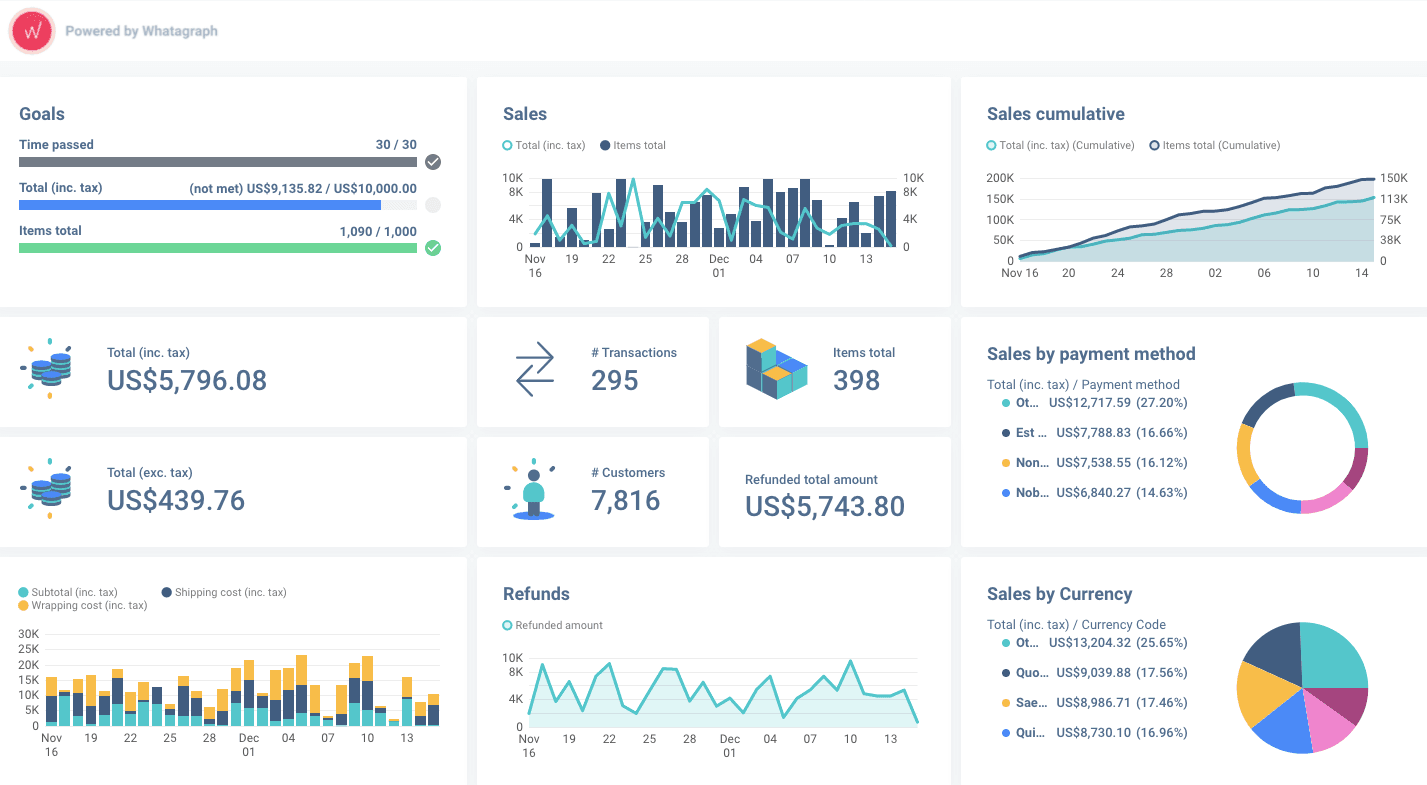
As a part of the same report, you can also look at your top-performing products, order statuses, payment statuses, refunds and much more valuable information.
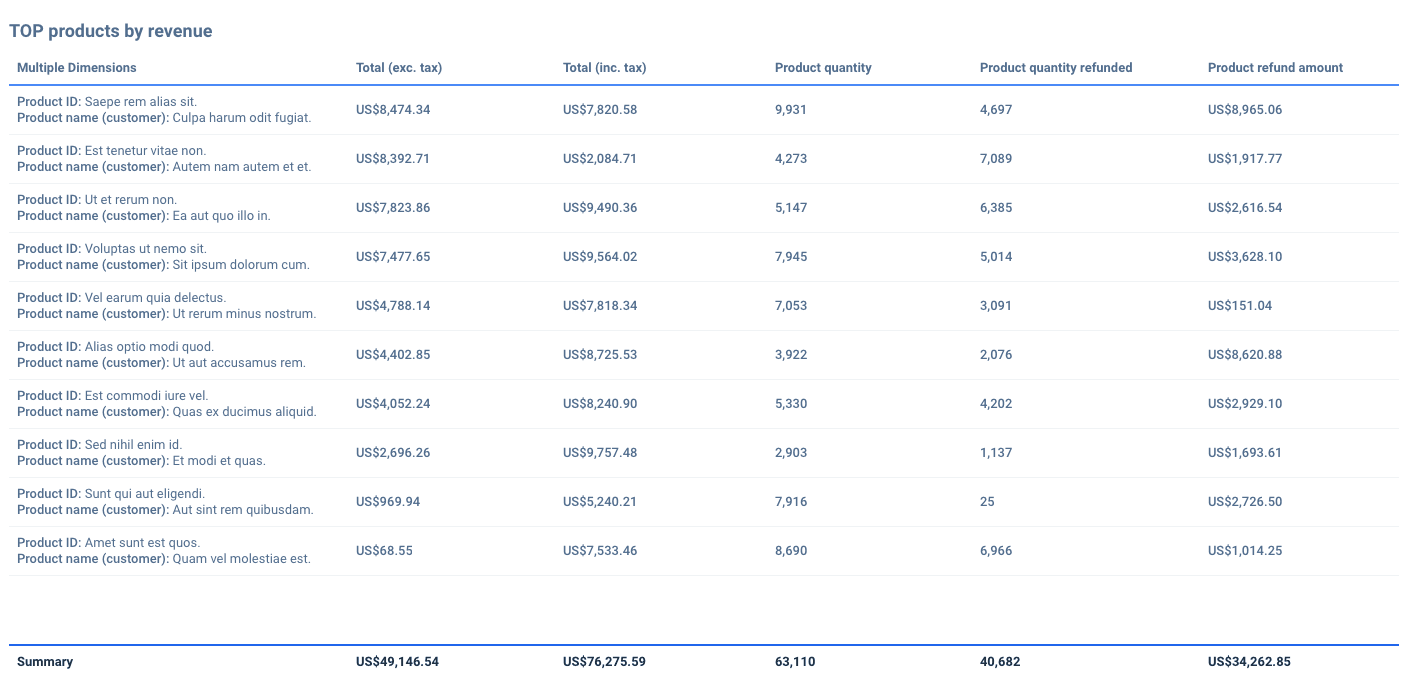
Returning to SEO, this is how your performance dashboard could look like. It’s built using Google Analytics, Google Search Console and Ahrefs. You can also build your own white-label SEO dashboard or use a free template from Whatagraph's library to get started.
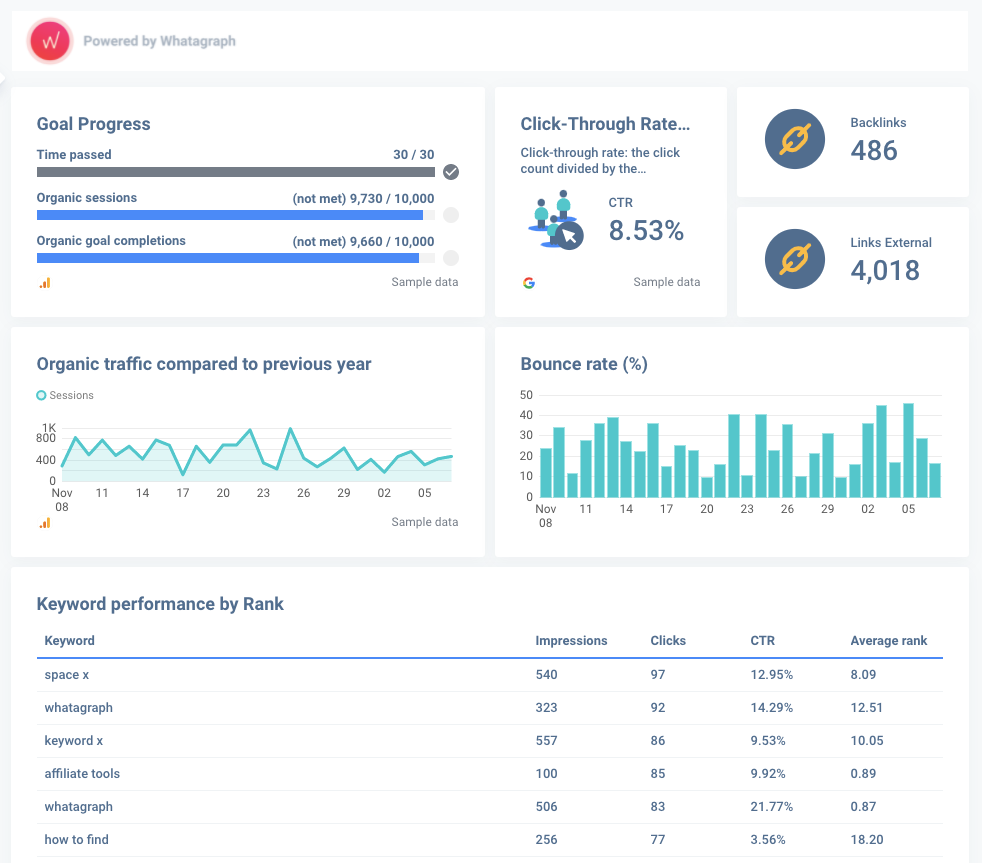
You can also set targets and track their progress using the goal widget, track performance trends and always have a clear picture of your eCommerce business at hand.
Additionally, Whatagraph also provides you (and your clients if needed) with a great reporting experience. You can view eCommerce analytics in real-time or send frequent reports to team members and clients.
To get the maximum value from Whatagraph, you can connect multiple sources from direct integrations to over 40 different channels.
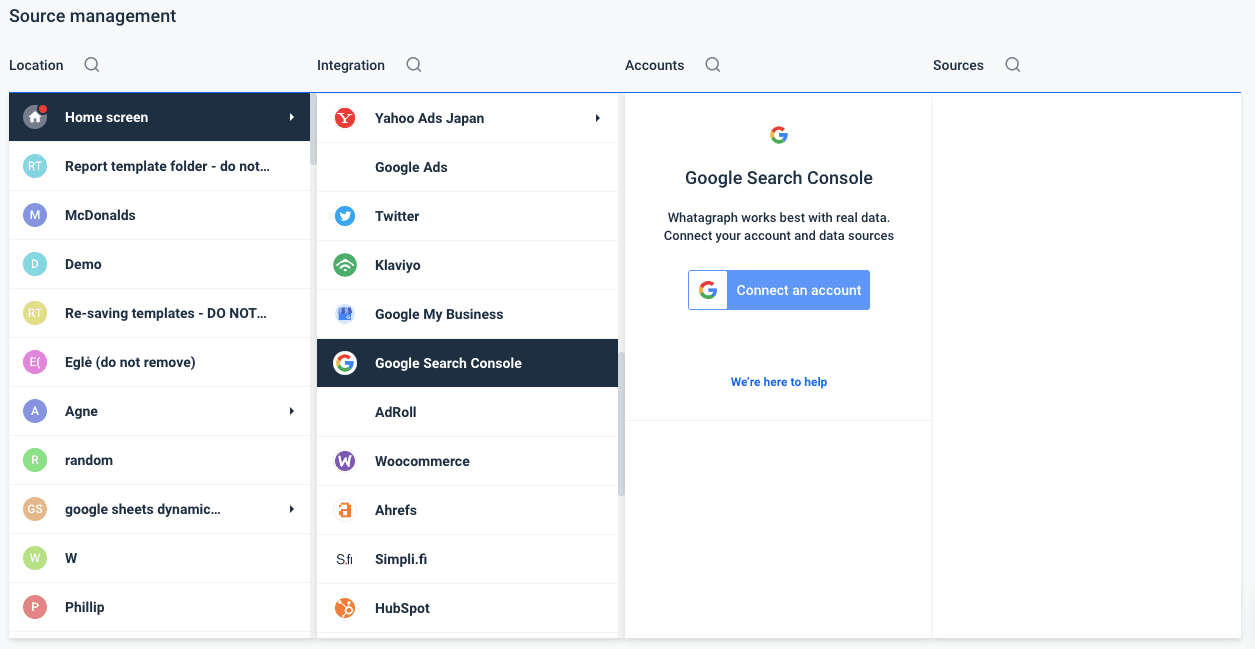
Final Remarks
How often should you run an eCommerce SEO audit? The standard recommendation is every three or six months. With eCommerce, it also depends on how often you rotate your stock. If you do so often, audit your site regularly, maybe once a quarter. If you have a more stable stock, an SEO audit every six months should be more than enough.
If you're just starting with an eCommerce business, this guide is a way for you to do it right from the beginning. If your site has been running for a long time but was never properly audited, do so as soon as possible. Either way, you will have to audit your eCommerce site regularly and keep improving it. An insightful SEO audit guide and strong eCommerce analytics can really help your performance!
Published on Dec 09 2021

WRITTEN BY
Indrė Jankutė-CarmaciuIndrė is a copywriter at Whatagraph with extensive experience in search engine optimization and public relations. She holds a degree in International Relations, while her professional background includes different marketing and advertising niches. She manages to merge marketing strategy and public speaking while educating readers on how to automate their businesses.
